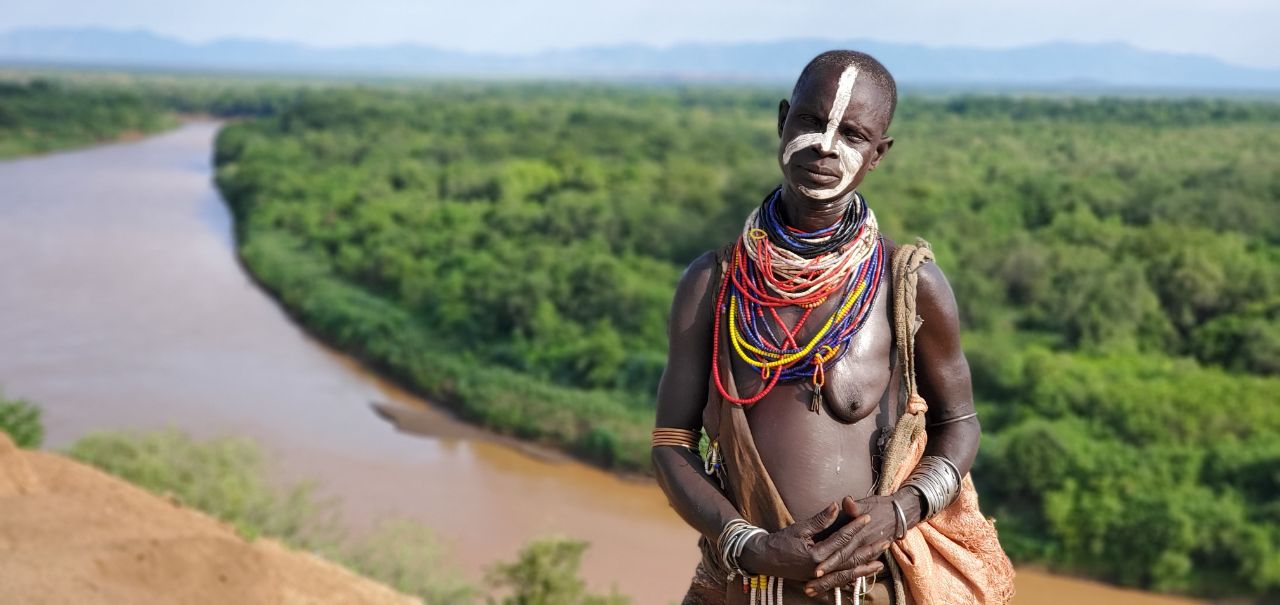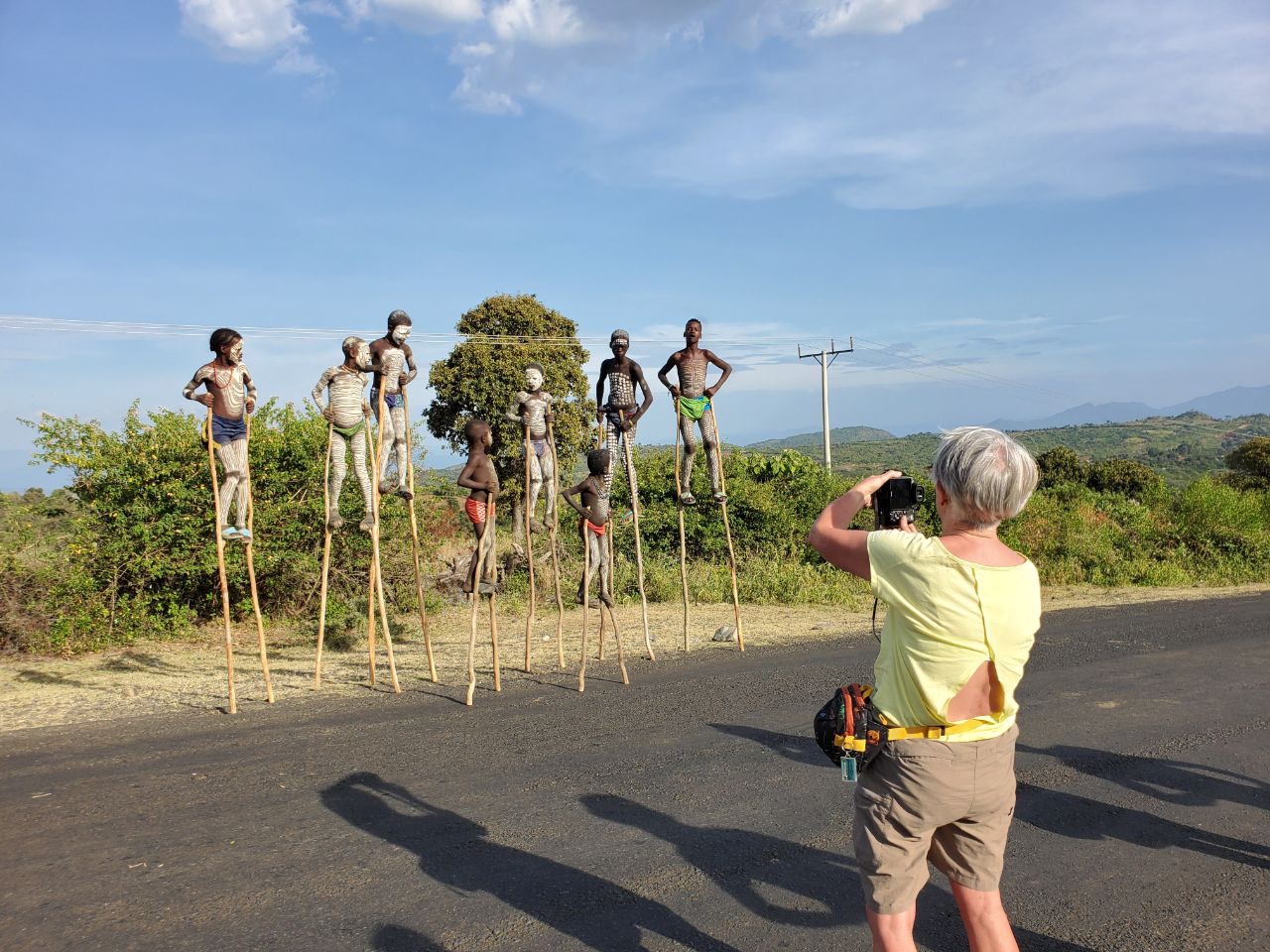Where is it?
Outside of the Nile Basin, the Omo River is the largest river in Ethiopia. It drains into Lake Turkana near the Kenyan border and runs the entire length of Ethiopia’s territory. The river is the mainstream of the Turkana Basin, an endorheic drainage basin.
Grab your coat and get ready to see the ancient people in OMO.
The lower valley of the Omo, an ancient location close to Lake Turkana, is well-known around the world. The study of human evolution has greatly benefited from the numerous fossils found there, especially Homo gracilis.
LOCATION
The river basin was included in the UNESCO World Heritage List in 1980 because of the abundance of early hominid fossils and archaeological discoveries, including early stone tools. Southwestern Ethiopia is home to the Lower Omo Valley. It covers a space of 165 km2. The ancient sedimentary layers in the Lower Omo Valley are now well known worldwide for finding numerous hominid fossils, which have proved crucial to understanding the evolution of humans.

RESEARCH AREA
The Konso and Fejej paleontological study sites, where sedimentary deposits date back to the polio-Pleistocene epoch, are located in the Lower Omo Valley. Numerous fossilized hominid and animal remains, including pieces of Australopithecus, have been found in these. The fossilized human vertebral deposits and paleoenvironmental evolution provide insight into the early phases of the genesis and evolution of African Homo sapiens. One of the most important pieces of property for mankind is the discovery of ancient stone tools in an encampment, which also provides proof of the earliest known technological activity of prehistoric creatures.
Researched evidence from the site has established bio-stratigraphical, radiometric, and magneto-stratigraphical scales ranging between one and 3.5 million years, ensuring Omo’s status as the standard against which all other ancient deposits in East Africa are assessed. Since 1966, scientific studies have demonstrated that the site considerably contributes to important paleo-environmental, paleo-anthropological, and archaeological studies.





